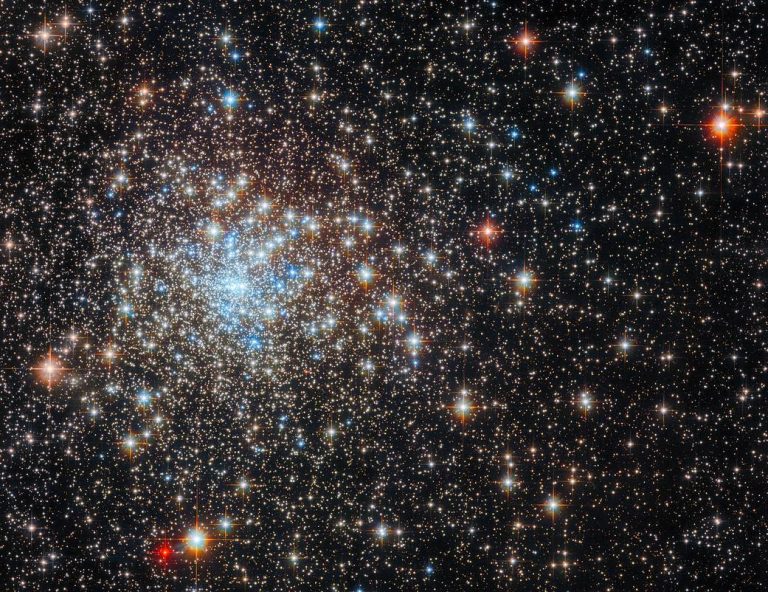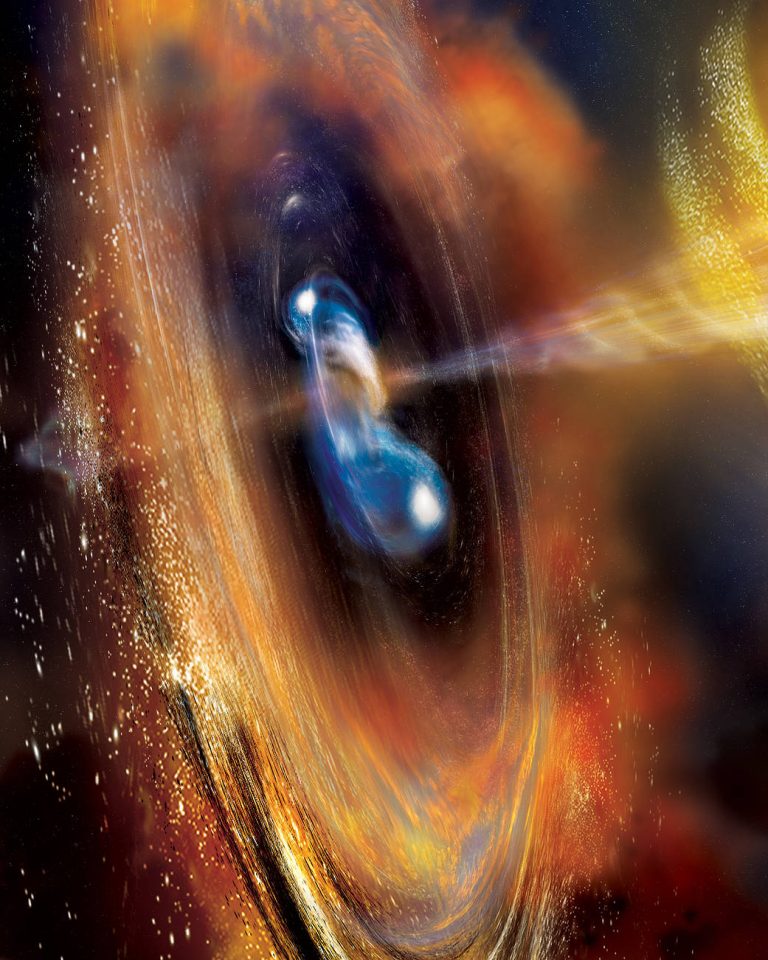哈勃望远镜瞥见一个闪烁的星系团
The glittering, glitzy contents of the globular cluster NGC 6652 sparkle in this star-studded image from the NASA/ESA Hubble Space Telescope. The core of the cluster is suffused with the pale blue light of countless stars, and a handful of particularly bright foreground stars are adorned with crisscrossing diffraction spikes. NGC 6652 lies in our own Milky Way galaxy in the constellation Sagittarius, just under 30,000 light-years from Earth and only 6,500 light-years from the galactic center. Globular clusters are stable, tightly gravitationally bound clusters containing anywhere from tens of thousands to millions of stars. The intense gravitational attraction between closely packed stars in globular clusters is what gives these star-studded objects their regular, spherical shape. This image combines data from two of Hubble’s most…










